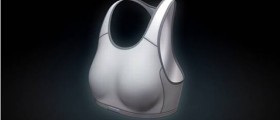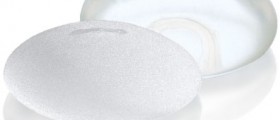
About benign duct ectasia
Mammary duct ectasia or benign duct ectasia is a benign breast disease that can clinically resemble invasive breast carcinoma. It is not definitively clear how and why this disease occurs but it is certain that it is characterized by the dilation of milk ducts, usually beneath the areolas. The ducts contain secretions which can undergo the process of calcification, which is usually the first warning sign of this disease.
Mammary duct ectasia is primarily seen in women past the age of 40. The risk of suffering from this disease is three times higher in smokers.
The symptoms include calcifications visible on a mammogram, discharge from nipples, usually white, gray, greenish or yellowish, but also with traces of blood, a mass underneath the areolas that can be felt during breast self-exam, pain and nipple deformities such as inversion or retraction. After the condition is solved, the nipples return to their normal state. Mastitis or inflammation of milk ducts may also be involved in this disease, characterized by red and warm skin, tenderness or pain and fever.
Even though mammary duct ectasia is benign, it is recommended to see a doctor if one or more of these symptoms appear.
Diagnosis and treatment
Mammary duct ectasia is usually first discovered on a routine mammogram or in a physical exam done after the patient has reported the symptoms mentioned above. Mammogram is probably the best diagnostic tool for mammary duct ectasia, especially for elderly women, as it is particularly precise in picking up microcalcification in the breasts.
Ultrasound is usually used as an adjunct to mammography. Today higher resolution and Doppler allow precise differentiation between benign and malignant changes in the breast tissue.
Galactography is yet another diagnostic method that can be used in women who have given birth and have nipple secretions. In this method a small amount of contrast fluid is injected into the ducts and a mammogram is performed.
The treatment for mammary duct ectasia with infection consists of antibiotics, usually oral, for ten to 14 days. During this time it is recommended to take mild analgesics to manage pain and tenderness.
If antibiotics and self help fail to solve the condition, a surgery might be necessary. The surgery is usually done through ductal endoscopy, with a small incision in the areola. The affected duct is completely excised, which results in almost immediate relief of the symptoms. However, surgery is a relatively rare choice of treatment for mammary duct ectasia, especially because this disease often resolves spontaneously.





_f_280x120.jpg)











Your thoughts on this
Loading...